Examining communication theories, principles, and models in education
VerifiedAdded on 2023/06/05
|11
|665
|113
Essay
AI Summary
This essay provides an analysis of communication theories, principles, and models in the context of education and training. It begins by outlining key principles of effective communication, such as clarity, correctness, and completeness. The essay then discusses the Shannon and Weaver model, detailing its components like sender, encoder, decoder, receiver, and the role of noise. It also explores Lasswell’s Theory of communication, which focuses on answering questions about who communicates what, in which channel, to whom, and with what effect. The application of these models in teaching is discussed, emphasizing the importance of communication skills for educators and the use of modern teaching methods like case studies and examples to enhance student understanding. The essay concludes by highlighting the use of resources and communication tools, including providing notes to students, to facilitate effective learning and knowledge retention.
1 out of 11

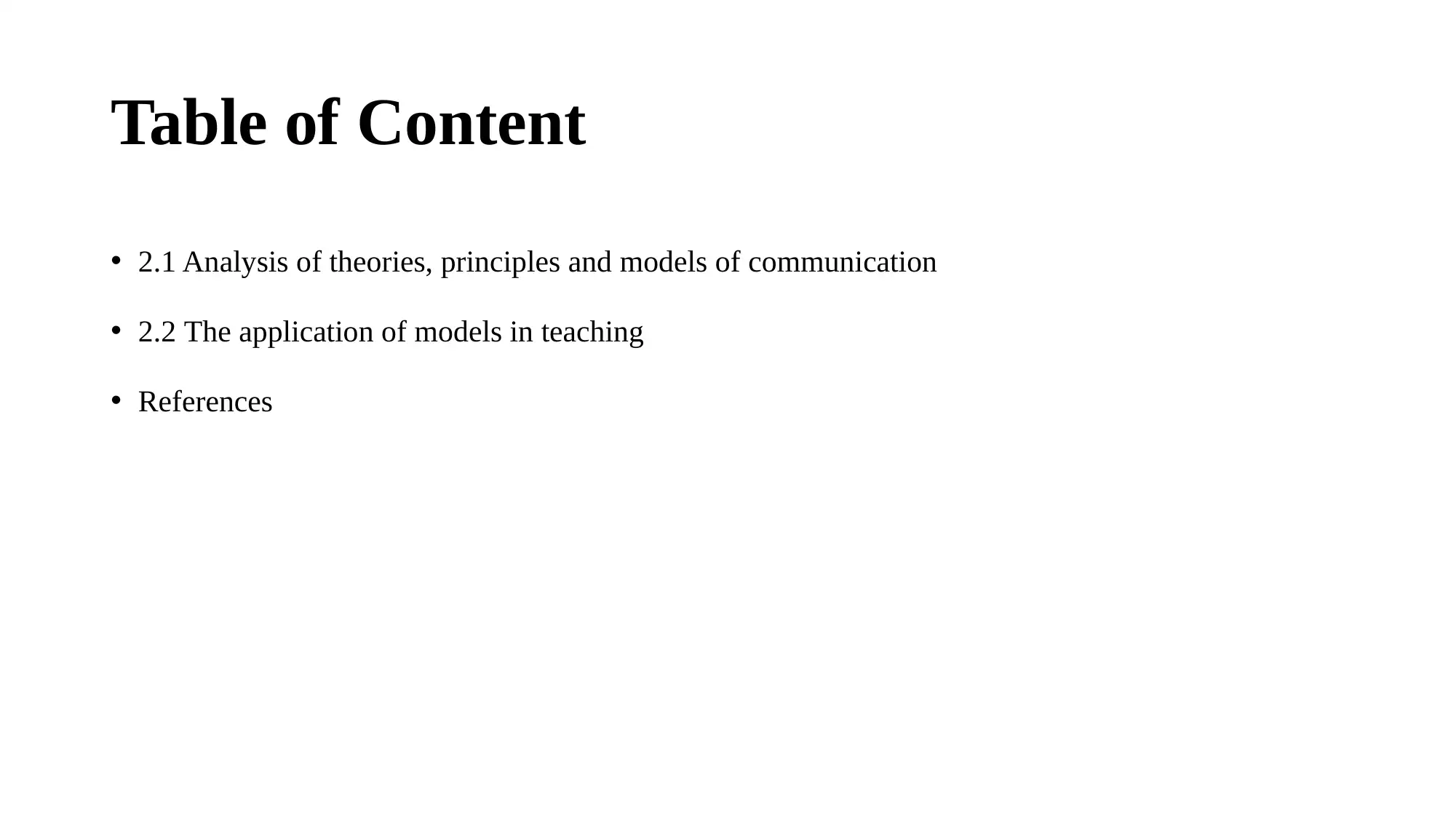


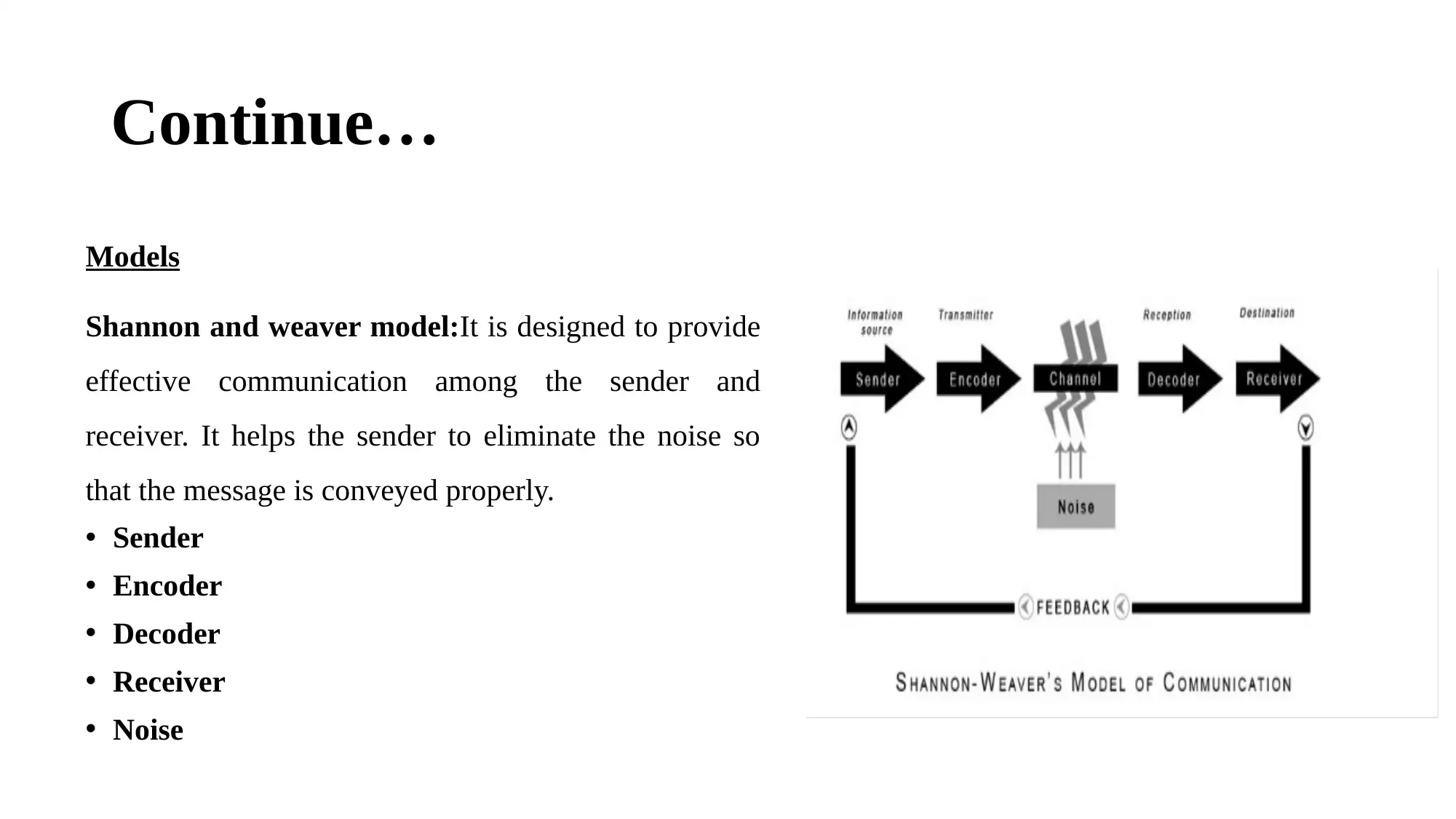
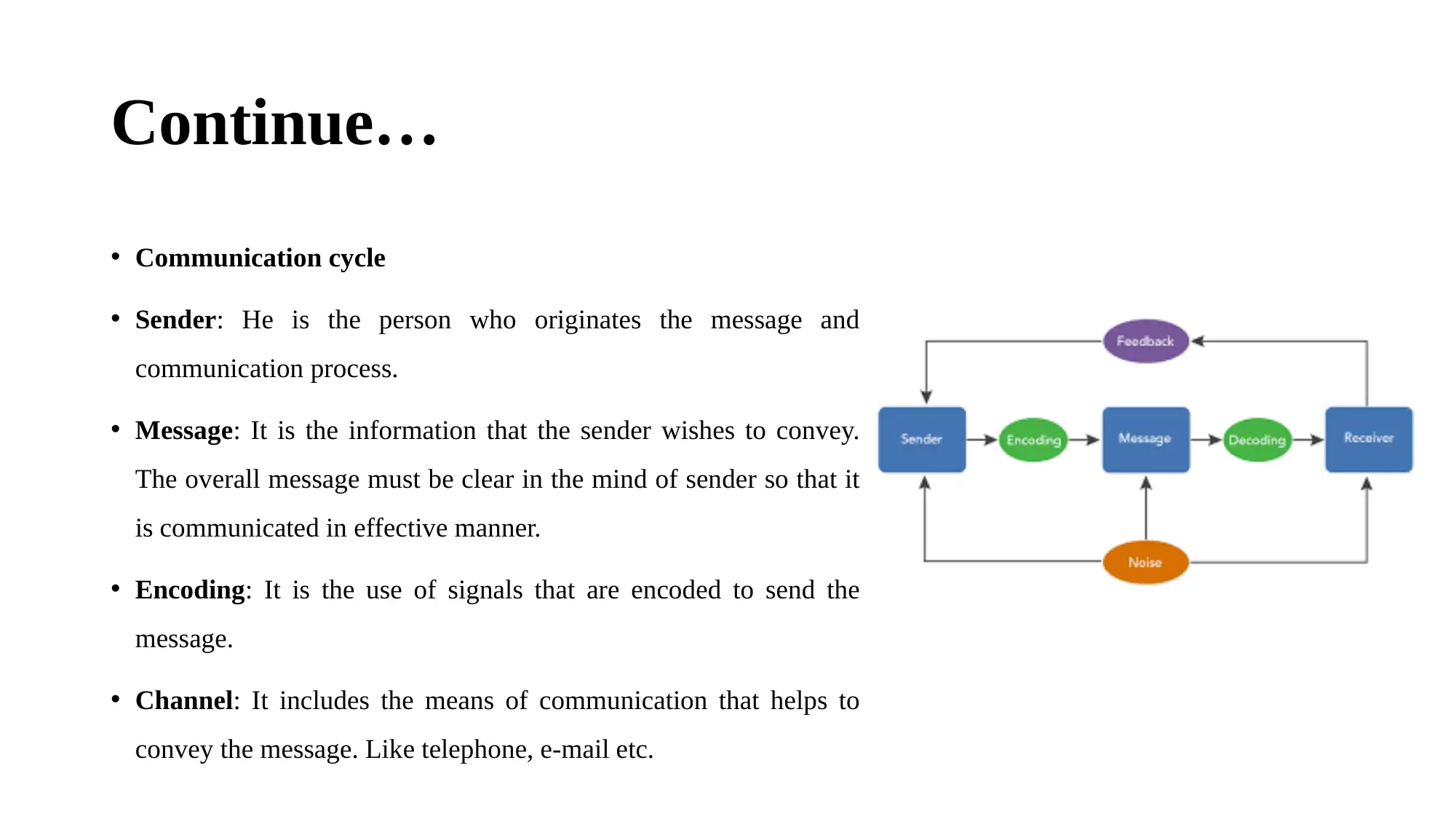
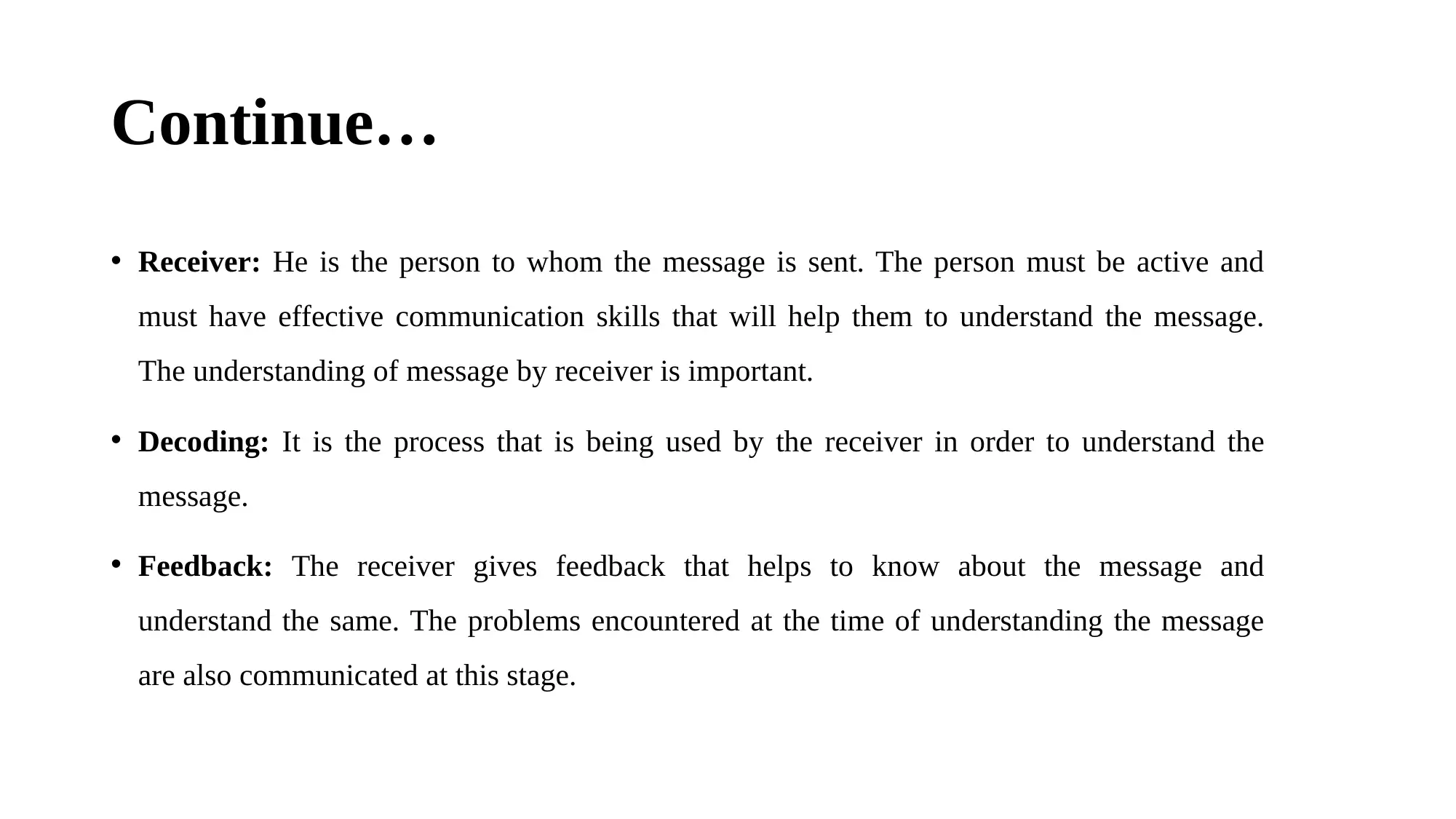


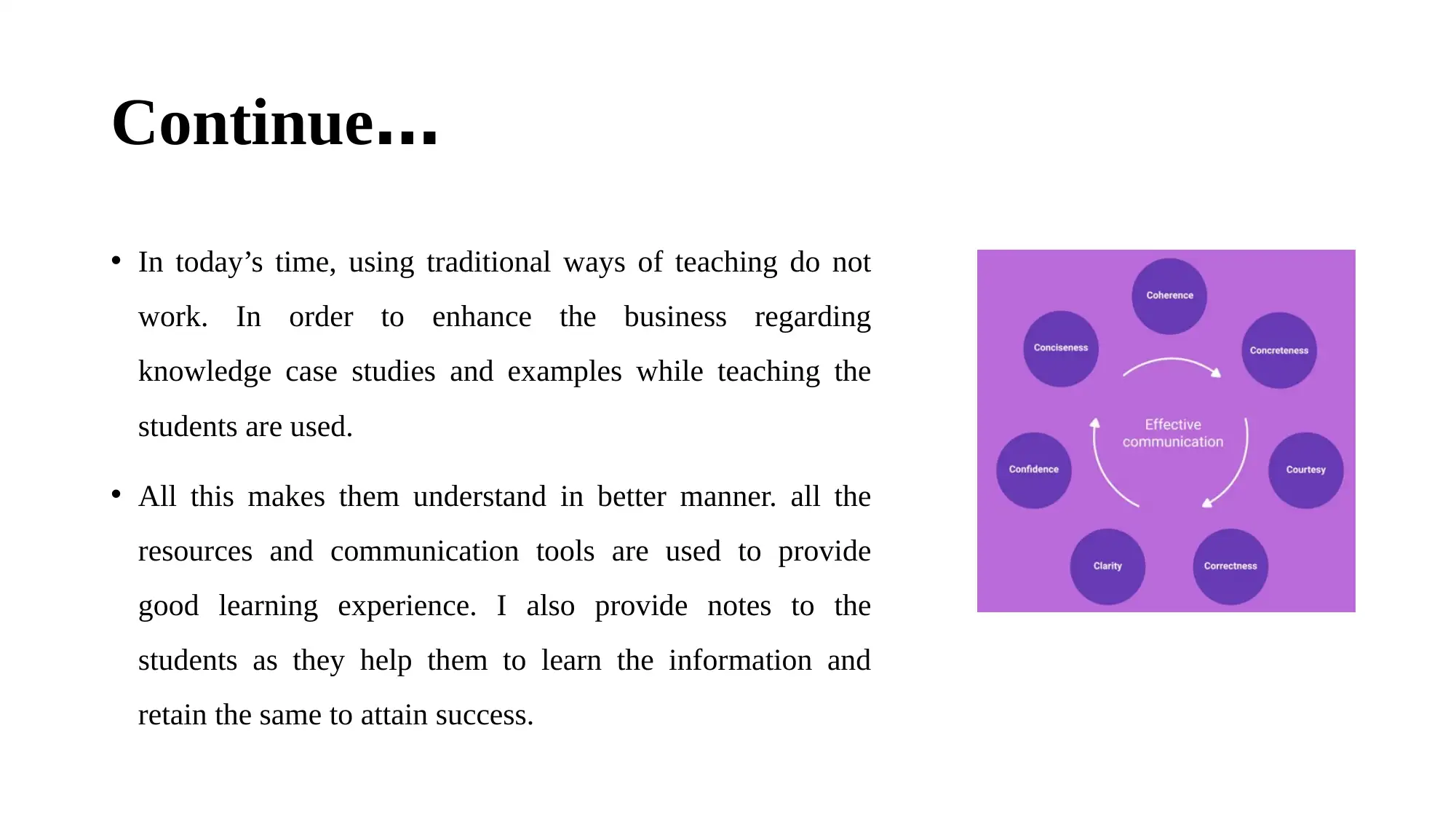
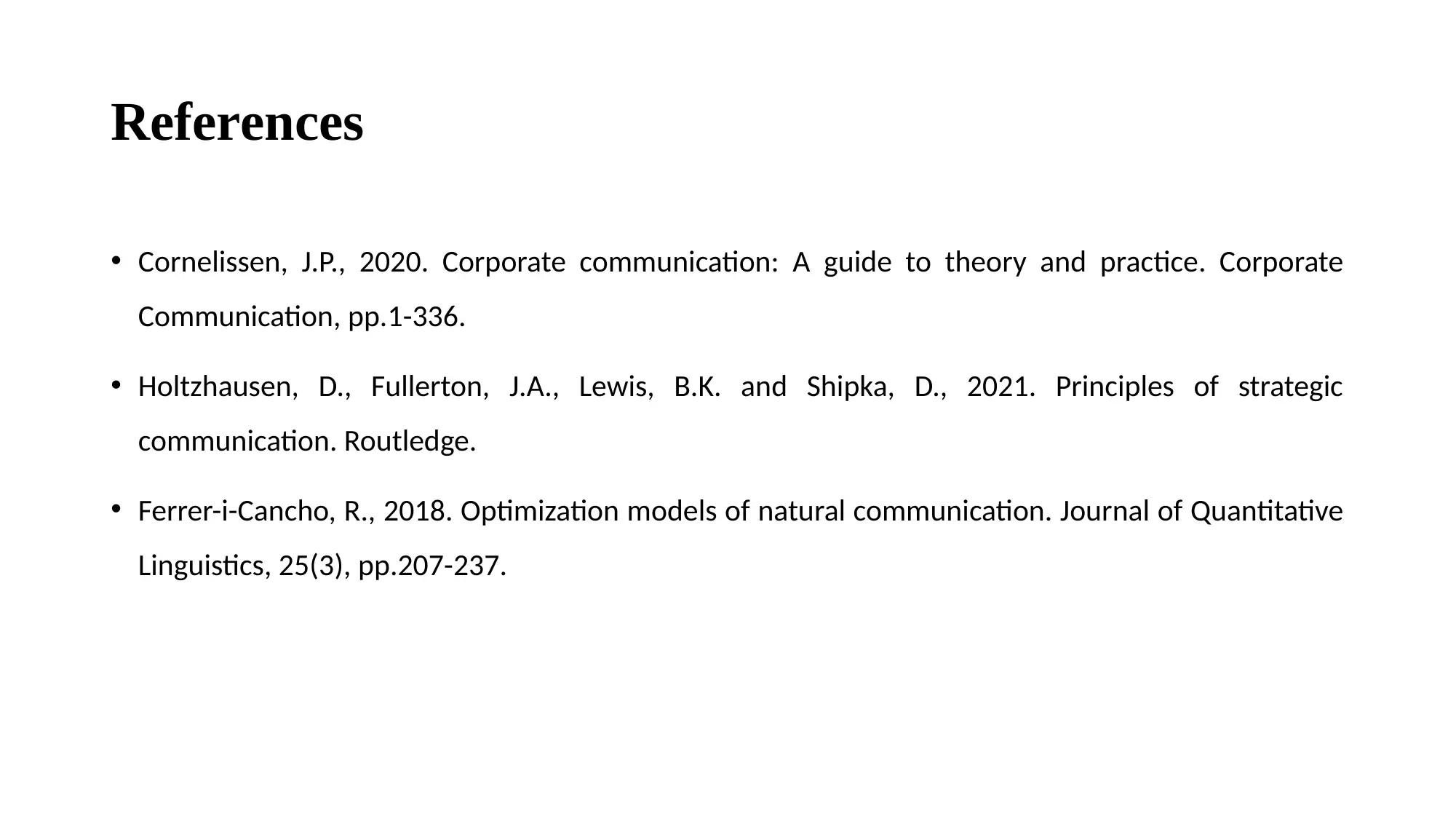





![[object Object]](/_next/static/media/star-bottom.7253800d.svg)